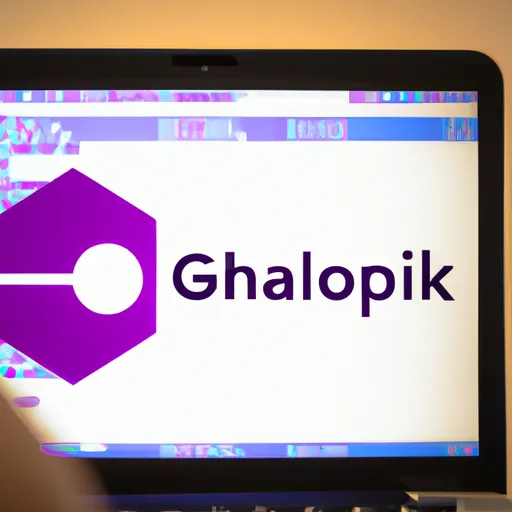
"Getting Started with GraphQL: A Beginner's Guide"
GraphQL is a query language for APIs that was developed by Facebook. It allows developers to define the structure of the data they need from an API, and then request that data in a single request. This makes it more efficient than traditional REST APIs, which often require multiple requests to retrieve all the necessary data.
To use GraphQL, you first need to define a schema. The schema defines the types of data that can be queried, as well as the relationships between those types. For example, if you were building an e-commerce site, you might define types for products, customers, and orders, and then define relationships between those types.
Once you have defined your schema, you can start making queries. Queries are written in a syntax that is similar to JSON, but with some additional features. For example, you can specify which fields you want to retrieve, and you can also specify arguments to filter the data.
Here is an example query that retrieves the name and price of all products in a hypothetical e-commerce site:
This query would return a JSON object with an array of products, each of which has a name and a price.
GraphQL also supports mutations, which allow you to modify data on the server. Mutations are similar to queries, but they use a different syntax and are typically used to create, update, or delete data.
Here is an example mutation that creates a new product:
This mutation would create a new product with the specified name and price, and then return the ID, name, and price of the new product.
Overall, GraphQL is a powerful tool for building APIs that can be more efficient and flexible than traditional REST APIs. By defining a schema and using queries and mutations, developers can easily retrieve and modify data from an API in a way that is both intuitive and efficient.
Prompt
Write a explanation on how to use GraphQL.